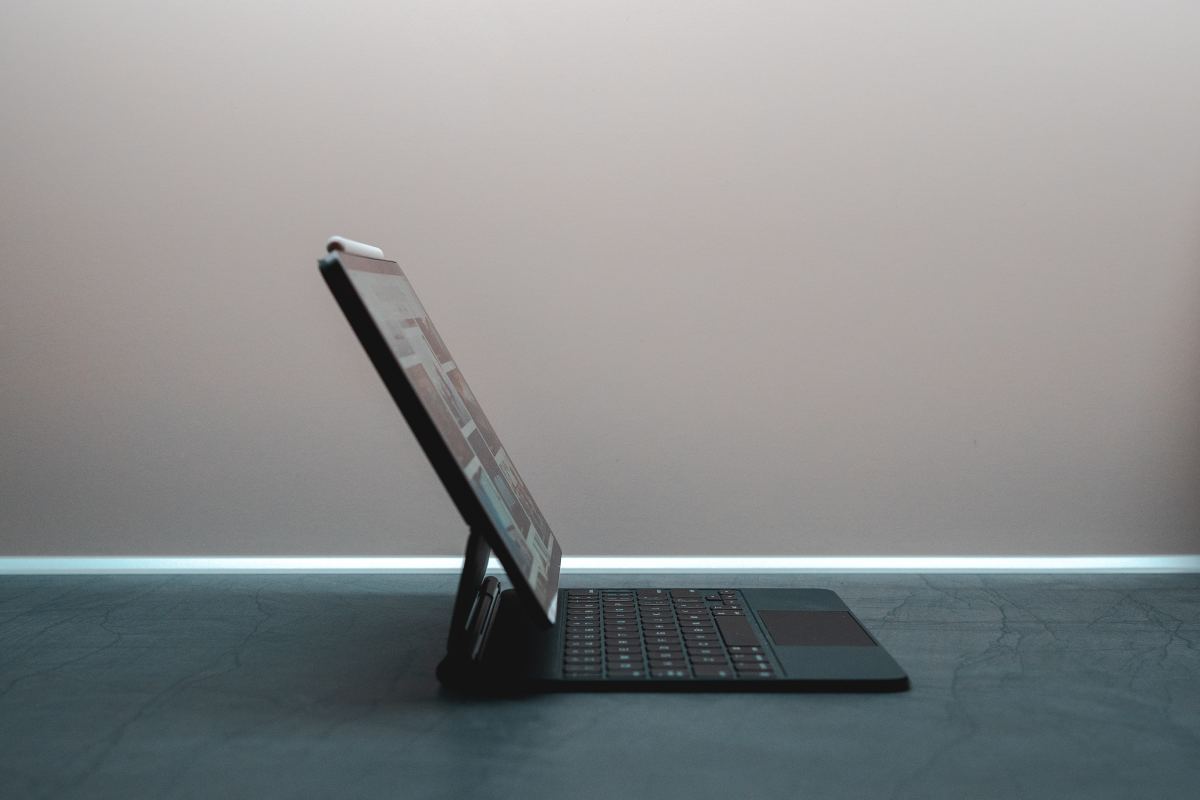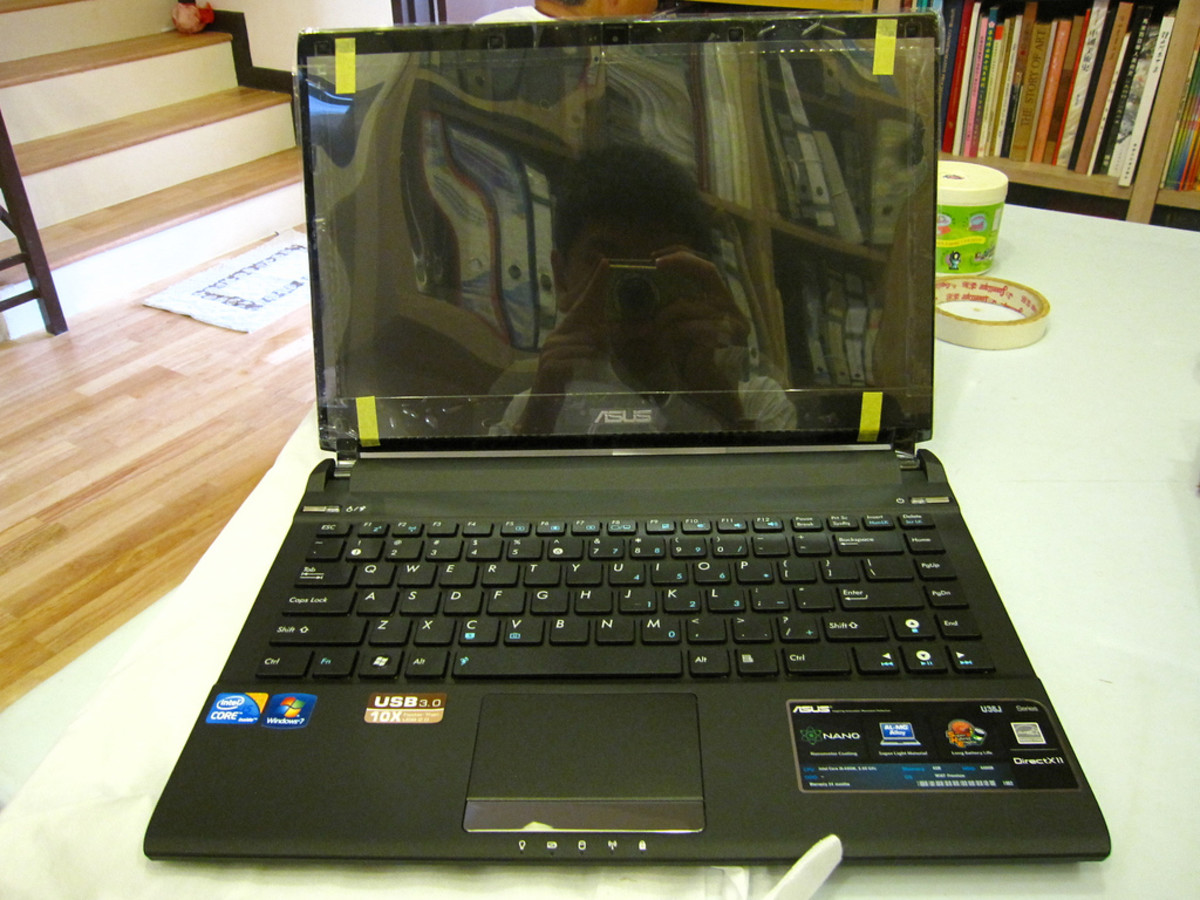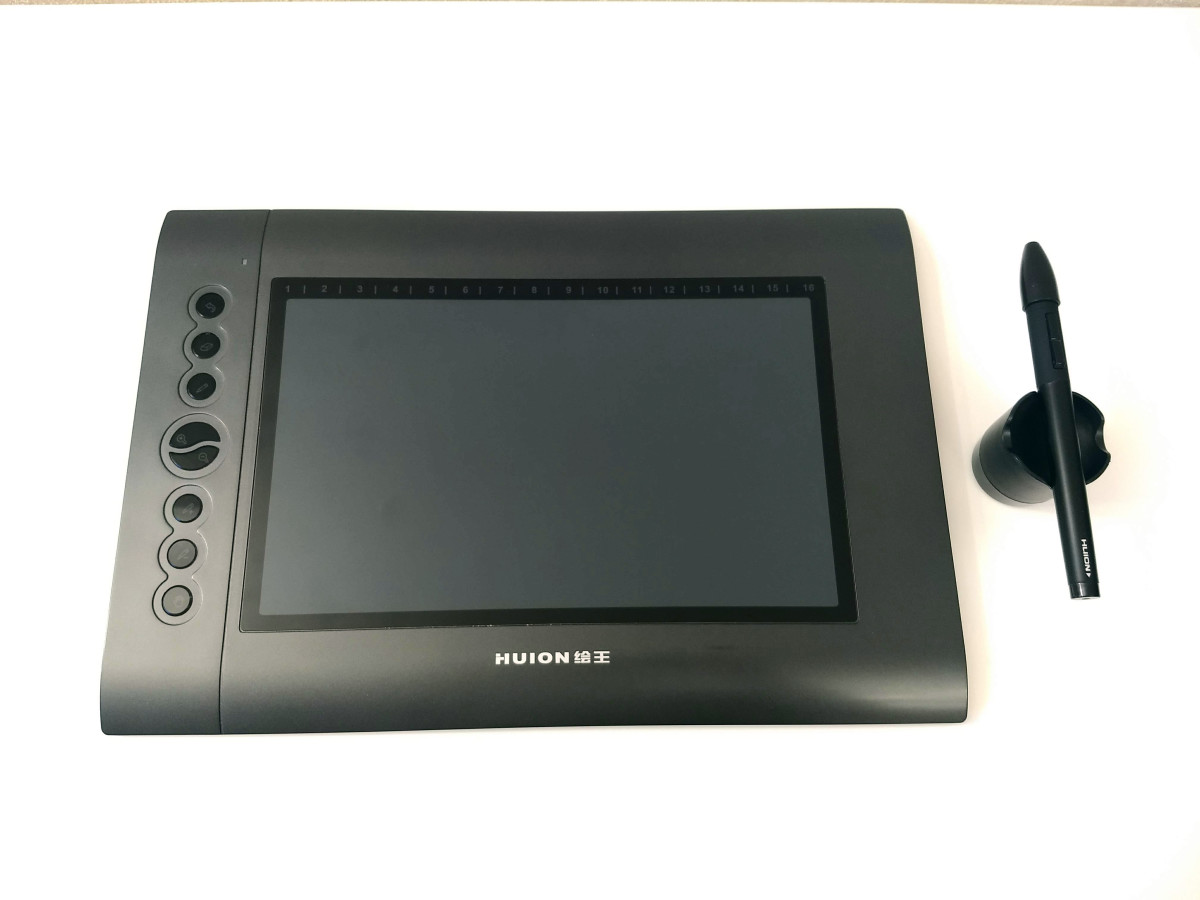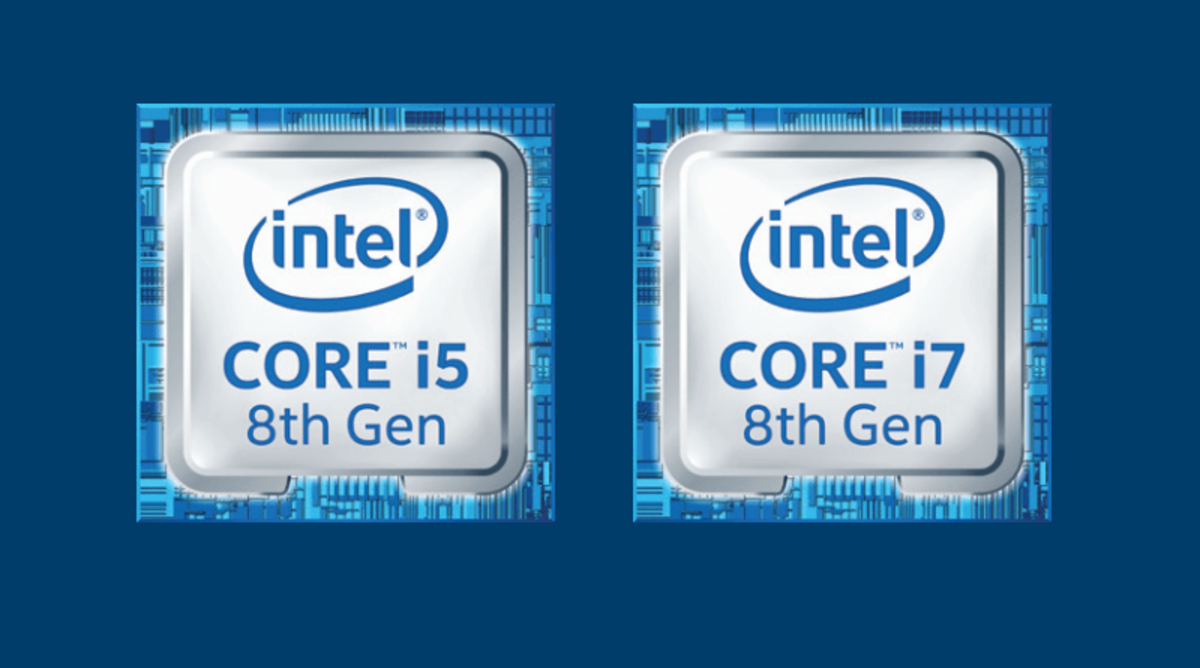- HubPages»
- Technology»
- Computers & Software»
- Computer Buying Guides»
- Notebook & Tablet Buying Guide
Good Ideas to Buy Your Next New Laptop and Computer
The latest family of processors from Intel, code named Haswell, is designed to be significantly faster and more power-efficient than the previous generation, making them ideally suited to laptops. Read on to see why your next laptop could have an Intel 4th generation Core Processor inside.
Intel’s 4th Generation Core Processors were still just a list of specs, bar graphs, and photos of prototypes and silicon wafers. But after June, you’ll be able to lay your hands on Intel’s new Haswell-based laptops, and these devices will have been well worth the wait. In this article some tips on what to look for when shopping for a new laptop and describe how Intel’s latest technologies will make your mobile lifestyle even better than ever.
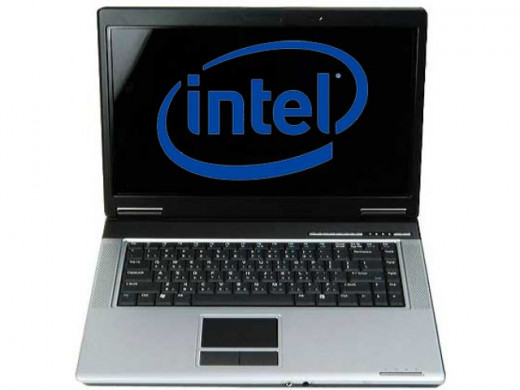
Laptop Size Considerations
Size is one of the most important things to consider when shopping for a new laptop. If you plan on taking the laptop with you on the road frequently or will occasionally be ten or more hours away from an outlet, then you should be looking for a laptop with a screen size no larger than approximately 16 inches.
Ultrabook systems are a category of smaller, thinner, and lighter models that frequent travelers and other mobility-inclined users favor. Laptops with 17-inch and larger screens are commonly referred to as desktop replacements. If you plan on keeping your new laptop in the same place for a majority of its useful life, then you’ll appreciate a larger screen. These models are often capable of running more powerful processors, due to the fact that battery life is less important to users who favor these kinds of laptops. Larger laptops also often feature more dedicated function keys and sometimes even a standalone number pad. The keys themselves can be larger, making for a more precise and comfortable typing experience.
Intel’s 4th generation processors will be available in all shapes and sizes. In smaller laptops and Ultrabook devices, Haswell processors are capable of delivering some amazing battery life. Compared to the 3rd generation Intel Core processors, the new ones will be able to deliver 50% more battery life. That means that last year’s Core processor-based laptop that lasted ten hours (a rare feat) will now be able to go fifteen hours between charges with one of this year’s Core processors under the hood.
Even if mobility isn’t your only concern, it’s important to note that Haswell-based laptops will consume significantly less energy, letting you turn up the brightness, crank the speakers, play games, watch TV and movies, and do a whole lot more without taking a hit in the wallet when your energy bill shows up.
Graphics Improvements
Today’s laptops use graphics hardware under the hood for more than just games; video processing, any 3D rendering, and other graphically intensive applications will tax the laptop’s graphics adapter. Haswell’s integrated graphics hardware is get- ting a significant upgrade that enables it to deliver about twice the performance of the 3rd Generation Core Processors, even running at a lower clock speed. This is another factor that will help increase battery life. But those who like to kick back and enjoy some gaming goodness will really notice the difference. You’ll be able to play at higher resolutions and enable more eye candy than you could before. The improved graphics are built into Intel’s processors, so you don’t have to pay extra for a discrete graphics adapter just to indulge your inner gamer.
Intel has come up with a name for its best-tier graphics processor: Iris (or GT3e). On a laptop with a 4th Generation Core Processor with Iris graphics, you can expect to play many current games at the laptop’s native resolution, with few compromises in visual fidelity. However, laptops equipped with these processors will be priced on the higher end of the continuum; you may get a solid gaming experience by opting for a less-pricey Haswell processor and a mid-range discrete graphics adapter.
Those who do a lot of gaming, 3D design, image rendering, animation photo editing, video editing, or other graphically-intensive workloads on their laptops will definitely want to look into getting a unit with either the Iris graphics or a capable discrete graphics adapter, such as those available from NVIDIA or AMD.
Which computer is best for you?
Processing Power
The screen size you select will tend to limit your processor selection somewhat. For instance, you won’t find a desktop-grade processor in a 13-inch laptop. Nonetheless, within each size class, there are generally a handful of processor models available to choose from. Given the sophistication of today’s mobile processors, buying the most processing power you can afford may no longer be the sound advice it once was.
Instead, you may opt for a more entry-level processor if you tend to use your laptop exclusively for Web browsing, basic multitasking, document viewing and editing, and if you only occasionally watch videos, do light photo editing, and play games.
If you do any media (photo, video, audio) creation and editing, web design, heavy multitasking, playing current generation games, or use any resource-hungry specialized software, then you’ll want to focus on laptop models with higher-end processors. Features to look for include quad-cores, Hyper Threading, Turbo Boost, higher clock speeds, larger caches, and more advanced graphics capabilities.
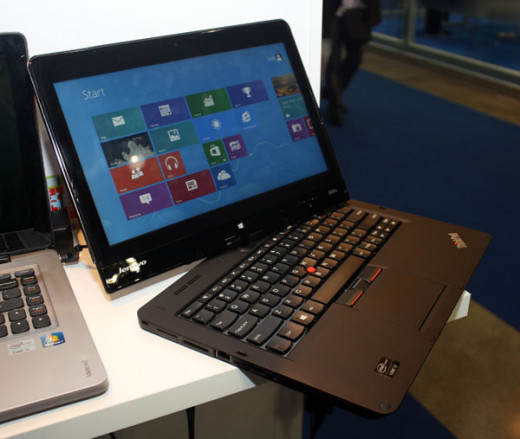
Wireless Capabilities
Every laptop for sale today will feature built-in Wi-Fi, and the vast majority of them will support the latest 802.11n standard, as well as older standards such as 802.11a/b/g for compatibility with older wireless networks. The follow-up standard, 802.11ac is capable of even faster transfer speeds, but it has yet to appear on many laptops. If you see this standard in the specs list of a laptop, consider it a future-proofing extra.
But Wi-Fi isn’t the only wireless technology to watch for. If you want an easy way to connect wireless peripherals and swap files, make sure your new laptop supports Bluetooth. The latest revision of the standard is called Bluetooth v4.0.
Another wireless technology you may find in current laptops is called Wi-Fi Direct or Intel My WiFi: This technology lets your laptop send and receive files to and from another Wi-Fi capable device, without needing a router to set up a connection first.
Near Field Communication (NFC) is another short-range wireless protocol that you might see. It’s designed to send small bursts of data over short distances, up to approximately 4 centimeters.
Some laptops are shipping with support for cellular wireless plans, which let you connect to the Internet practically anywhere you get cellular reception. Of course, these services will charge a monthly data fee.

When Is a Notebook Not A Notebook?
When it’s A Chrome book
A chrome book looks (and in many ways acts) like a typical notebook, but it runs Google’s Chrome OS, a browser-based operating system. Chrome books are mainly meant to be used while connected to the Internet, and are designed to run Web-based applications, rather than traditional software installed on the computer itself. Lightweight, fast, and affordable, Chrome books are in many cases a viable alternative to the traditional laptop.
Touch Or Don’t Touch
More laptops are shipping with touch screens, and those are actually a good way to navigate around. Microsoft’s new Windows 8 Start screen. If you’re already using a Windows 8 computer and you find yourself spending a lot of time on the Start screen, then you may appreciate a laptop with a touch screen interface. If you’re more inclined to jump right into Desktop mode, then a touch screen may prove less useful.
If you’re leaning toward a touch capable laptop, consider looking at convertible tablet models. Some of these let you detach the screen from the keyboard; while others let you rotate the screen 180 degrees and fold it flat against the keyboard. This is a handy feature because it puts less distance between your fingers and the screen. Windows 8 also supports a number of Smartphone- and tablet-like gestures, so navigating the system is fun and intuitive.
The Ultrabook Phenomenon
If you’re in the market for a new mobile computing platform, Ultrabook systems aren’t your run-of-the-mill laptops. Here’s a rundown of Ultrabook features that make a compelling case for adopting a more mobile lifestyle. Note that not all of the following features are available on all Ultrabook devices.
- Always less than an inch thick
- Wakes up in a flash
- Battery life that lets you go farther and further between charges
- Intel HD Graphics for a seamless, stunning graphical experience
- Supports the programs you know and love
- Two-factor authentication makes sure only you have access to the vital documents and data on your device
- Intel Anti-Theft Technology lets you remotely disable and wipe your laptop if it’s ever lost or stolen
OS Inside
The operating system you choose for your laptop is going to have a major impact on your overall computing experience. Laptops available as we went to press include Apple’s Mac OSX, Microsoft Windows 7, and Windows 8. Current Mac and Windows users not interested in a steep learning curve may be inclined to stick with their current OS of choice. That being said, everything you can do on a Mac.
If Windows 8’s new look has you spooked, consider that Microsoft is currently working on an update, called Windows 8.1 that will attempt to make the fresh OS and its Start menu easier to navigate and use with a keyboard and mouse.
Google’s Chrome books use the cloud-based Chrome OS, which consists largely of Google products, like Google Docs, YouTube for videos, Gmail for email, and more. The OS also supports built-in virus protection, and because the OS is cloud-based, it never slows down, like a local hardware-based OS.
All three OSes are intuitive and packed with tons of built-in features. If you depend on a lot of third-party software that only works under one of the OSes, let that influence your decision most.
A Laptop Alternative?
In some cases, a tablet is a viable alternative to a laptop due to its compact size, long battery life, and vast library of inexpensive third-party applications. Drawbacks include the lack of a physical keyboard (generally available as an add-on), smaller screen, touch-only input, and a possible lack of support for much of the software you currently use on your PC and laptop.
Picking A Mobile Processor
Intel and AMD use differing terminology to distinguish their CPUs. Below is a breakdown of Intel’s new
Haswell mobile CPUs and AMD’s latest Richland mobile APUs (accelerated processing units).
Intel Legend: M: Mobile, Q: Quad-core, U: Ultra-low power, X: Extreme, H: High performance GPU
AMD Legend: M: Mobile
Cores versus Threads: Intel’s Hyper Threading lets each core process two threads in some instances.
GPUs Demystified: Here, higher numbers (within each family) indicate better performance.
Speed Range: There are two numbers in the Speed column because these processors can dynamically adjust clock speeds depending on the workload.
Picking A Mobile Processor
Family & Model
| Cores (Threads)
| GPU Model
| Speed
| Users
|
|---|---|---|---|---|
Intel Core i5-4350U
| 2 (4)
| HD 5000 (GT3)
| 1.4GHz-2.9GHz
| Mainstream
|
Intel Core i7-4650U
| 2 (4)
| HD 5000 (GT3)
| 1.7GHz-3.3GHz
| Mainstream
|
Intel Core i7-4800MQ
| 4 (8)
| HD 4600 (GT2)
| 2.7GHz-3.7GHz
| Performance
|
Intel Core i7-4850HQ
| 4 (8)
| Iris Pro 5200 (GT3e)
| 2.3GHz-3.5GHz
| Performance
|
Intel Core i7-4900MQ
| 4 (8)
| HD 4600 (GT2)
| 2.8GHz-3.8GHz
| Performance
|
Intel Core i7-4950HQ
| 4 (8)
| Iris Pro 5200 (GT3e)
| 2.4GHz-3.6GHz
| Performance
|
Intel Core i7-4930MX
| 4 (8)
| HD 4600 (GT2)
| 3.0GHz-3.9GHz
| Performance
|
AMD A4-5145M
| 2 HD
| 8310G
| 2.0GHz-2.6GHz
| Mainstream
|
AMD A6-5345M
| 2 HD
| 8410G
| 2.2GHz-2.8GHz
| Mainstream
|
AMD A6-5357M
| 2 HD
| 8450G
| 2.9GHz-3.5GHz
| Mainstream
|
AMD A8-5545M
| 4 HD
| 8510G
| 1.7GHz-2.7GHz
| Performance
|
AMD A8-5557M
| 4 HD
| 8550G
| 2.1GHz-3.1GHz
| Performance
|
AMD A10-5745M
| 4 HD
| 8610G
| 2.1GHz-2.9GHz
| Performance
|
AMD A10-5757M
| 4 HD
| 8650G
| 2.5GHz-3.5GHz
| Performance
|







